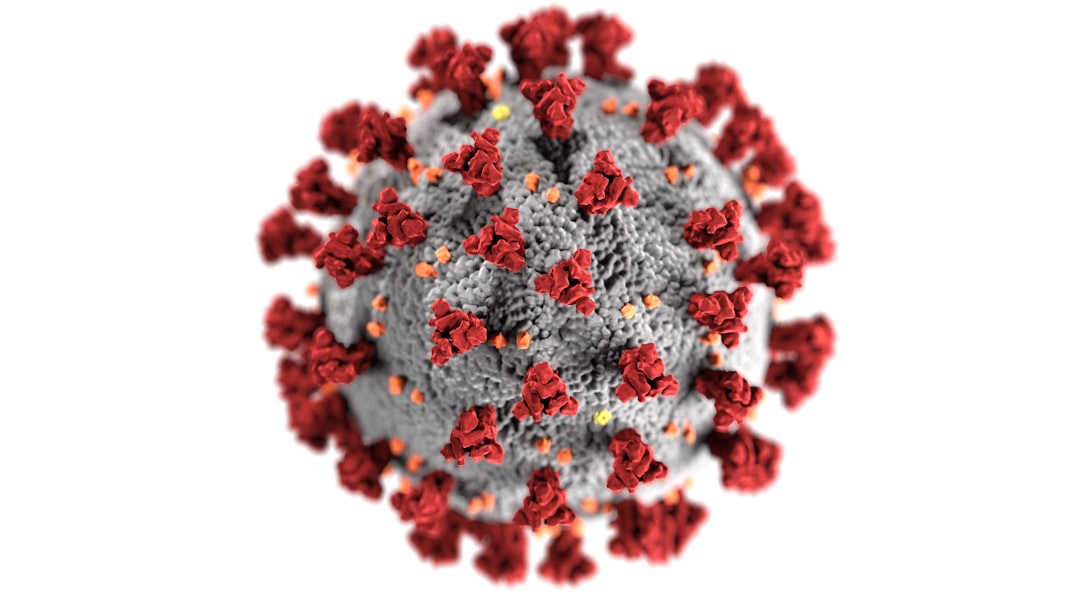What is it about?
The neural substrates of childhood anxiety remain understudied. Prior work in both adults and children has suggested that disruptions in white matter – the fatty sheaths of myelin that coat axons in the brain and facilitate communication among neurons – may contribute to the pathophysiology of several psychiatric disorders, including anxiety disorders. The current study, in the largest sample to date, uses neuroimaging to characterize changes in white matter in children with anxiety disorders and finds that boys with anxiety disorders show widespread reductions in white matter integrity, including in important bundles of white matter connecting frontal regulatory brain regions (like the prefrontal cortex) to limbic structures involved in emotion processing (like the amygdala). Critically, this relationship appears sex-specific, as girls with anxiety disorders do not show such differences.
Featured Image

Photo by Robina Weermeijer on Unsplash
Why is it important?
Anxiety disorders are among the most common psychiatric disorders in children and represent an increasingly large public health concern. Current treatment options, however, are often suboptimal, as many children fail to respond or relapse after treatment. A better understanding of the neurobiology underlying childhood anxiety disorders may be able provide us with circuit and molecular targets for novel, more precise therapeutic strategies. Importantly, prior work in both animals and humans has shown that white matter and myelination are modifiable and sensitive to different pharmacological and environmental factors. The current study provides the strongest support to date for considering white matter in developing children as a potential therapeutic target for anxiety and other stress-related psychopathology. Furthermore, it highlights the importance of considering sex-dependent associations between brain alterations and psychopathology in personalized medicine approaches.
Read the Original
This page is a summary of: Sex-Specific Distributed White Matter Microarchitectural Alterations in Preadolescent Youths With Anxiety Disorders: A Mega-Analytic Study, American Journal of Psychiatry, March 2024, American Psychiatric Association,
DOI: 10.1176/appi.ajp.20221048.
You can read the full text:
Contributors
The following have contributed to this page










